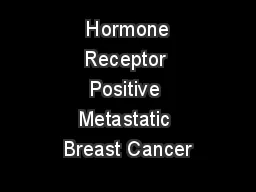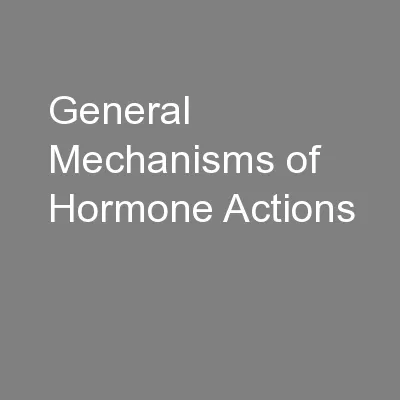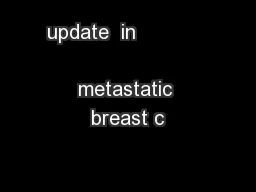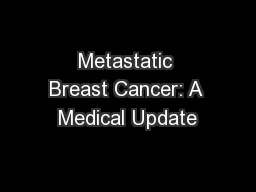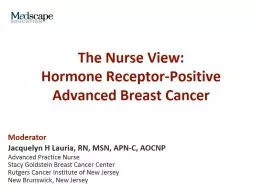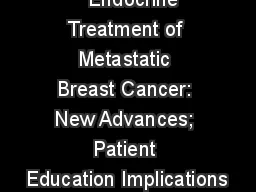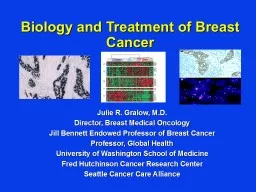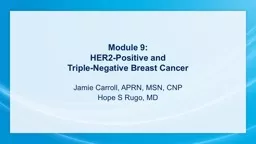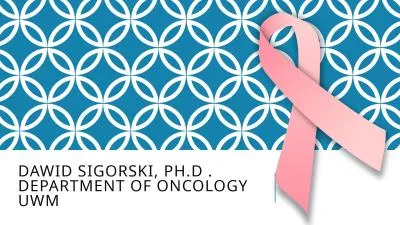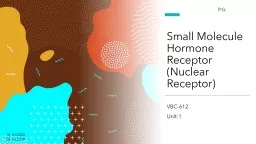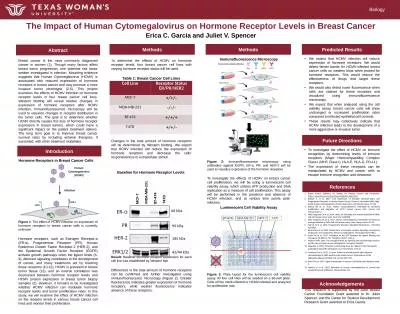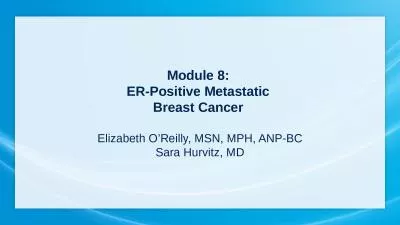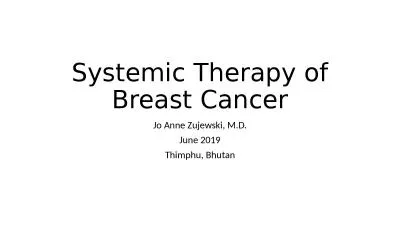PPT-Hormone Receptor Positive Metastatic Breast Cancer
Author : pamella-moone | Published Date : 2020-04-04
592017 The Lancet July 11 1895 ON THE TREATMENT OF INOPERABLE CASES OF CARCINOMA OF THE MAMMA SUGGESTIONS FOR A NEW METHOD OF TREATMENT WITH ILLUSTRA TIVE CASES
Presentation Embed Code
Download Presentation
Download Presentation The PPT/PDF document " Hormone Receptor Positive Metastatic Br..." is the property of its rightful owner. Permission is granted to download and print the materials on this website for personal, non-commercial use only, and to display it on your personal computer provided you do not modify the materials and that you retain all copyright notices contained in the materials. By downloading content from our website, you accept the terms of this agreement.
Hormone Receptor Positive Metastatic Breast Cancer: Transcript
Download Rules Of Document
" Hormone Receptor Positive Metastatic Breast Cancer"The content belongs to its owner. You may download and print it for personal use, without modification, and keep all copyright notices. By downloading, you agree to these terms.
Related Documents

